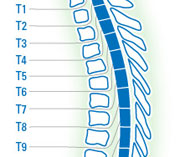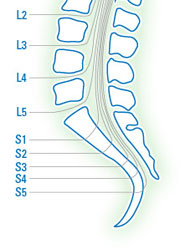
Cathy, a 63 year old woman recently paralyzed, is taking part in a human trial called the “Human Avatar Project” at Norwell Health that’s helping restore movement to people with spinal cord injuries. The trial utilizes a neural implant and a brain computer interface that stimulates neuroplasticity, which researchers believe is helping reconnect the patient’s brain to their body, and spinal cord. Learn more



















